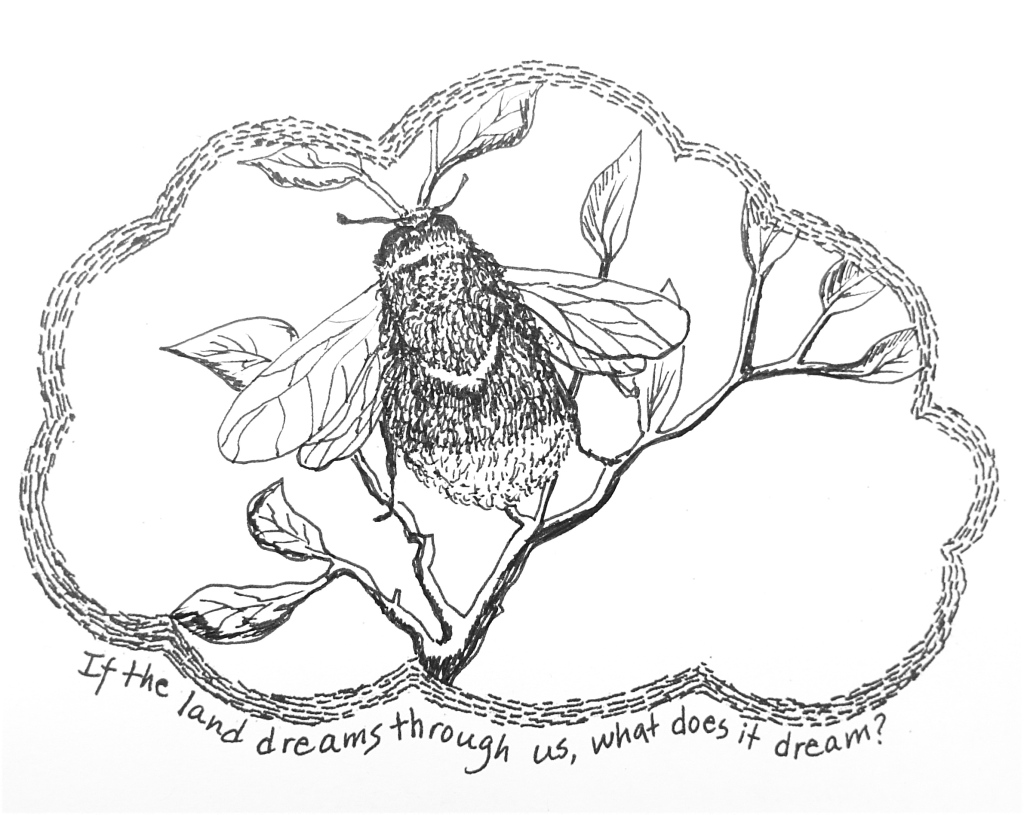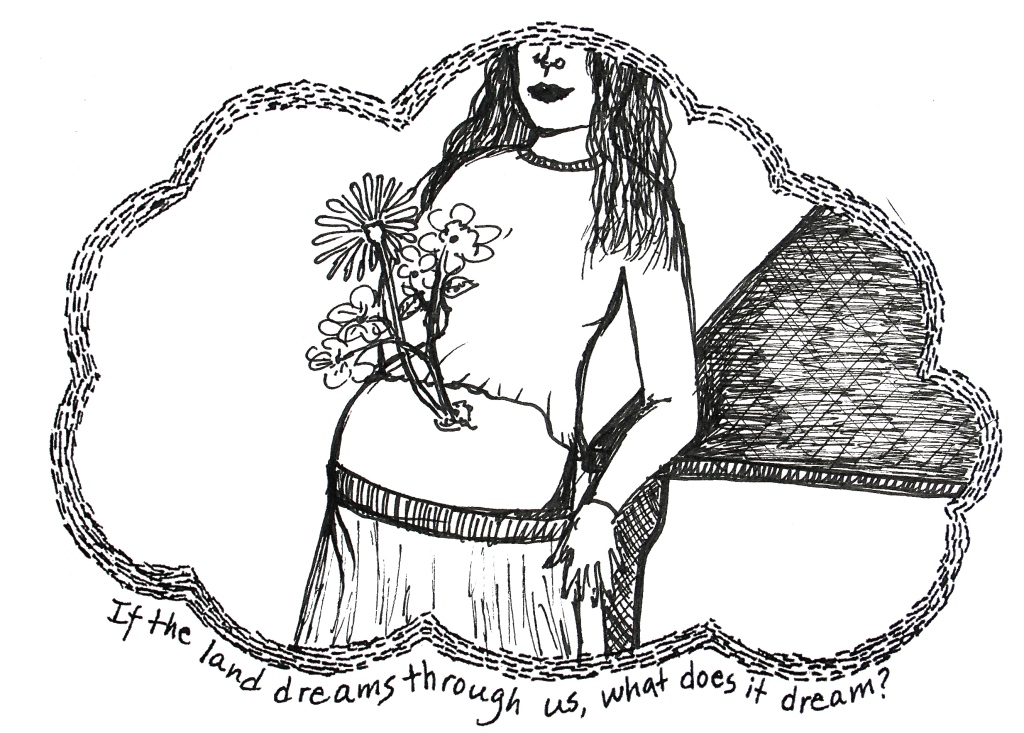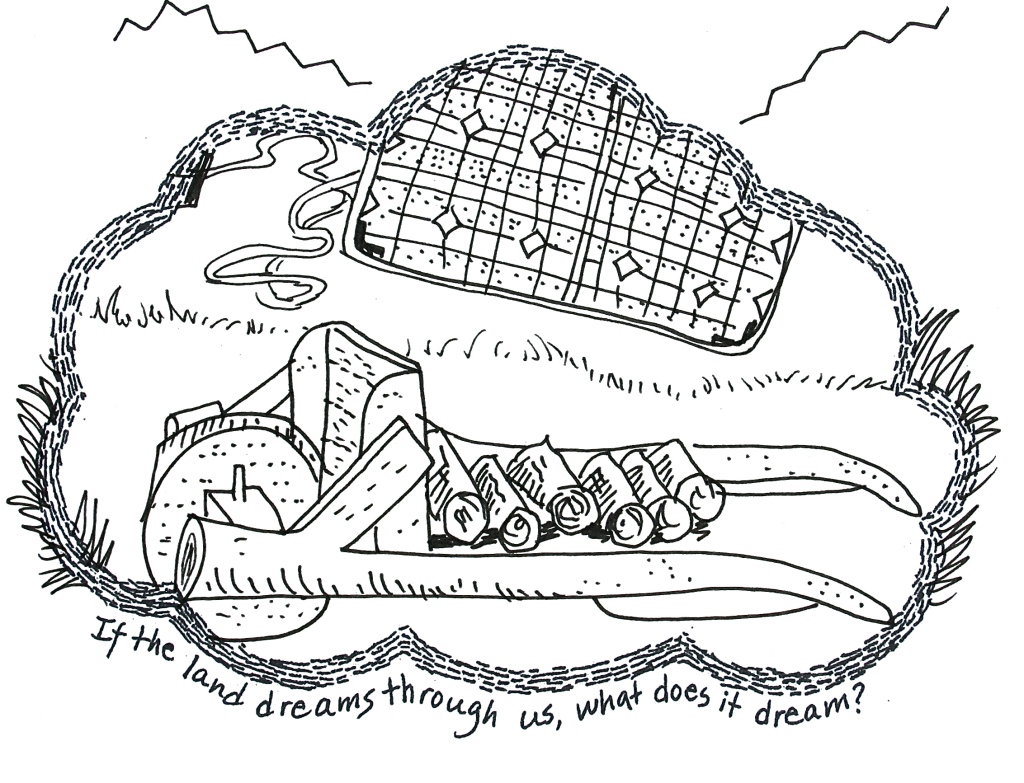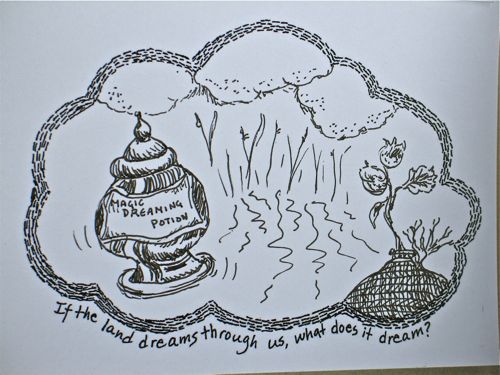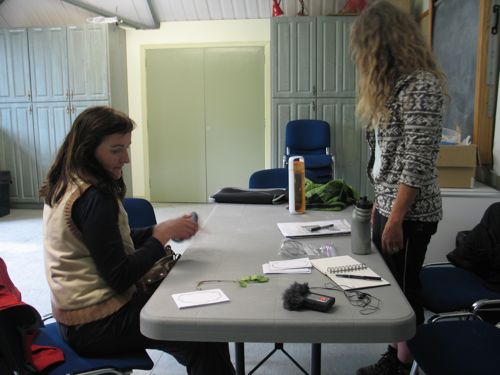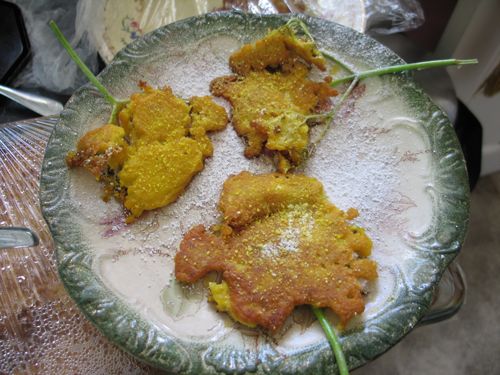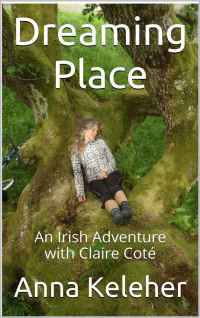Is it Alive?
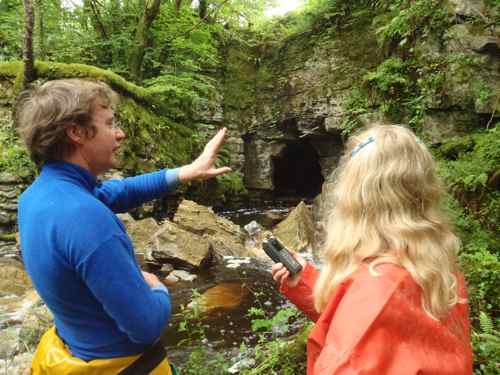
We’ve introduced Dr. Les Brown of Fermanagh to you in previous posts. Perhaps you remember him and a discussion about caves and a porcupine (among other things) here or here? Or perhaps you remember hearing his voice on one of our Radio Dreaming Episodes here. While we were revisiting our DREAMING PLACE journey recently for a new (top secret) project that is underway, we came across this again and it struck a chord. What do you think? Let us know in the comment section below.
Les Brown: Normally the cave is sitting there and its bone dry and when you get a flood pulse coming through it, it seems like it’s alive, because it’s become part of the active dynamic river systems that dominate the part of Fermanagh.
Anna: So you sound quite sure it’s not alive. Could you envision a world where it is alive, or a situation where you’d actually feel it was alive?
Les: Well it depends on what you mean by being alive, I suppose really. The vegetation and the plants around the entrance are definitely alive. The cave system itself it’s always changing. Over time it’ll always be changing so in that sense of the word, Yes it is alive, because it is changing with the environment. But is it a living thing? No it’s not. But it is always changing.
Anna: It has a cycle, it has a birth.
Les: It has an origin.
Anna: And it has a death.
Les: It has death like the un-roofed cave we saw this afternoon. That’s a cave that’s dying. It will not be there in a few thousand years. So there is definitely a life cycle to a cave. They form from water moving through their conduits and they get large and eventually they die, yeah.
Anna: Kind of like us.
Les: Everything is linked up!
Transcription of Interview with Speleo-geologist and Adventurer Dr. Les Brown, Back bar McKenzie’s, Boho, Fermanagh, Marble Arch Caves Global Geopark, 2011.
